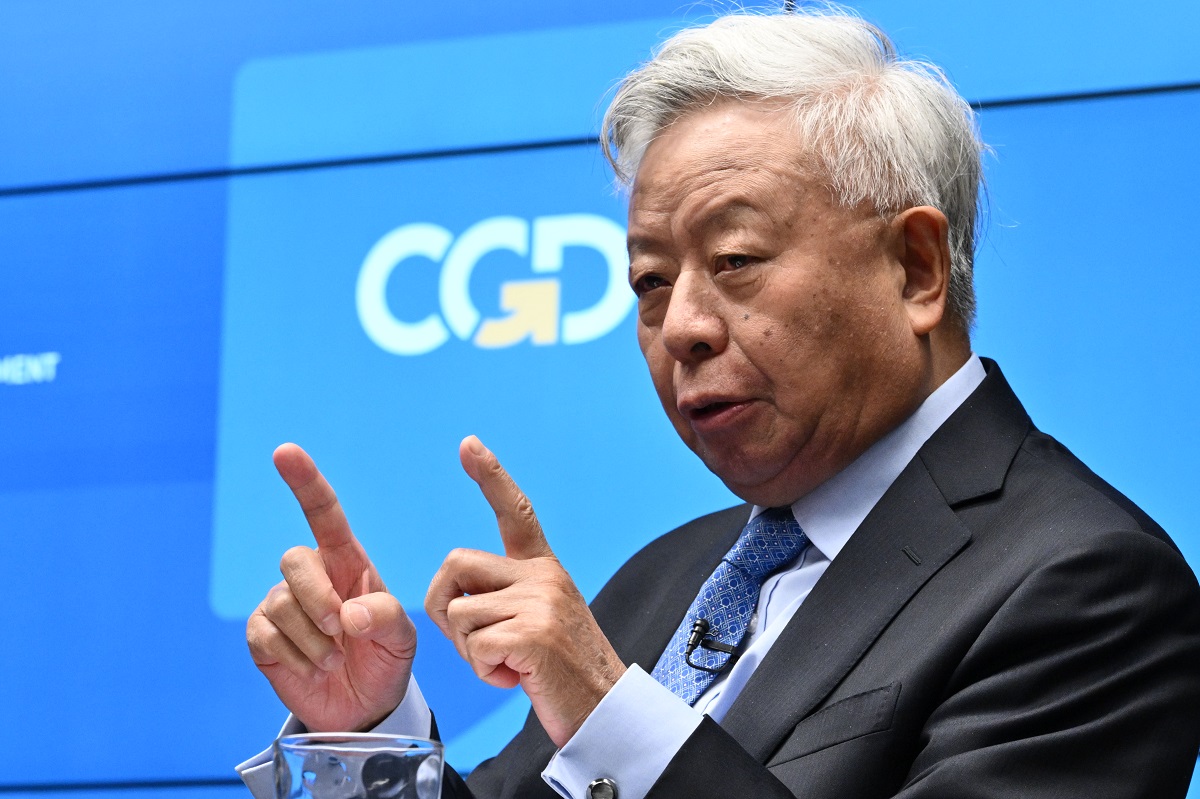Last week, the leaders of the Group of 8 pledged 20 billion dollars in agricultural aid, with the purpose of boosting agricultural productivity -- especially in Africa. But will $20 billion over a three-year period help to feed many of the 1.02 billion people on earth who suffer from food insecurity?For the past thirty years, aid for agriculture in developing countries has been woefully ignored, dropping by 75 percent from the 1980s to the early 1990s (Oxfam International, June 2009). The global food price crisis in early 2008 briefly pushed food security back on to the political agenda. Yet, the amount of global aid now given to agriculture is still only about $5 billion a year. This implies that the G8’s commitment would effectively double current annual spending on aid for agriculture.We should be excited about this – but cautiously so. The devil, of course, is in the details. What does the $20 billion actually entail? So far, proposed solutions have focused on boosting agricultural production through technological solutions (GM modified crops), fertilizers or agricultural liberalization. Here’s what the G8 communiqué got right so far:
- Cash instead of (just) food. The G8 commitment signals an important policy change in the traditional American approach to food insecurity, which has relied primarily on in-kind food aid. Providing cash in addition to food can increase flexibility in addressing agriculture and food insecurity in developing countries.
- Locally-led initiatives and agricultural strategies. The G8 communiqué stresses the importance of locally-led initiatives to determine local priorities in the areas of agriculture and food insecurity, with NEPAD's Comprehensive Africa Agriculture Development Program (CAADP) as a vehicle for targeting such resources.
And here’s two additional issues the G8 should consider:
- New technology is one part of the equation for sustainable agricultural improvements. The role of new agricultural technologies as part of the G8 commitment isn’t clear. But genetically modified (GM) crops may only be one (and perhaps a small) part of the solution. As President Obama explained:"Now, I also think on the ground in many of these countries, how we think about not high-tech stuff but low-tech technologies to, for example, improve food production is vitally important.”
Increasing agricultural productivity requires improved seeds (local), access to markets and other inputs, especially water and arable land. For longer-term improvements in agricultural production, these inputs must be used in a sustainable manner. The G8 communiqué stresses the importance of sustainable agriculture, but for once, more than lip service is needed.
- Free trade is only one aspect of “better markets”. The G8 communiqué reiterated its continued support for "open trade flows and efficient markets”. The leaders also reiterated their (many) previous commitments to finish the Doha Round global of trade negotiations expeditiously, which should result in additional cuts in rich-country farm subsidies. But free trade is only one part of the market equation. Internal and regional trade is just as (if not more) important, especially for poor rural farmers in low-income countries. Improving those markets requires significant investments in road and telecommunications infrastructure, so that the costs of trade between markets can decrease. These investments would not only affect agriculture, but have the additional advantage of spilling over into other sectors.
CGD blog posts reflect the views of the authors, drawing on prior research and experience in their areas of expertise.
CGD is a nonpartisan, independent organization and does not take institutional positions.



